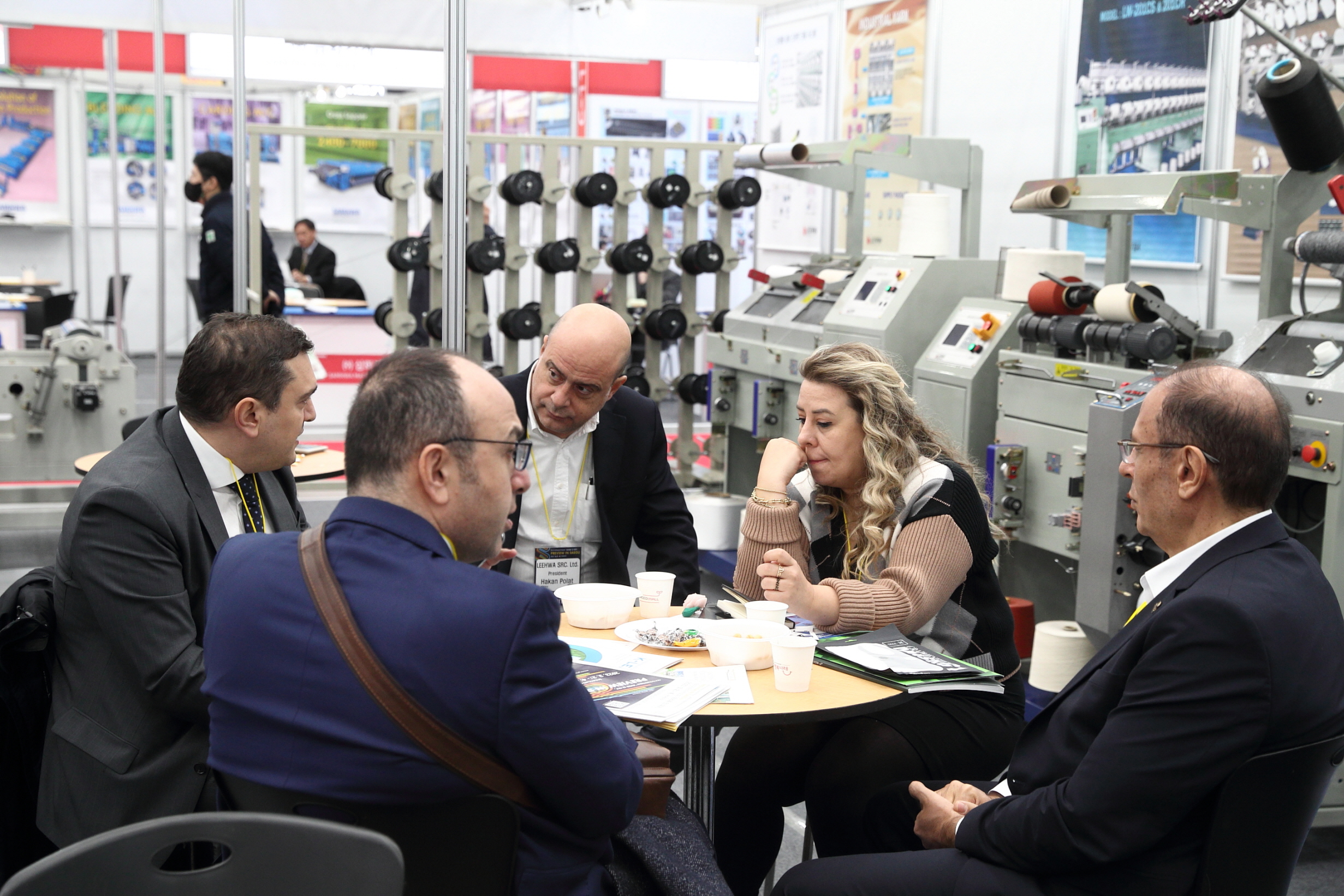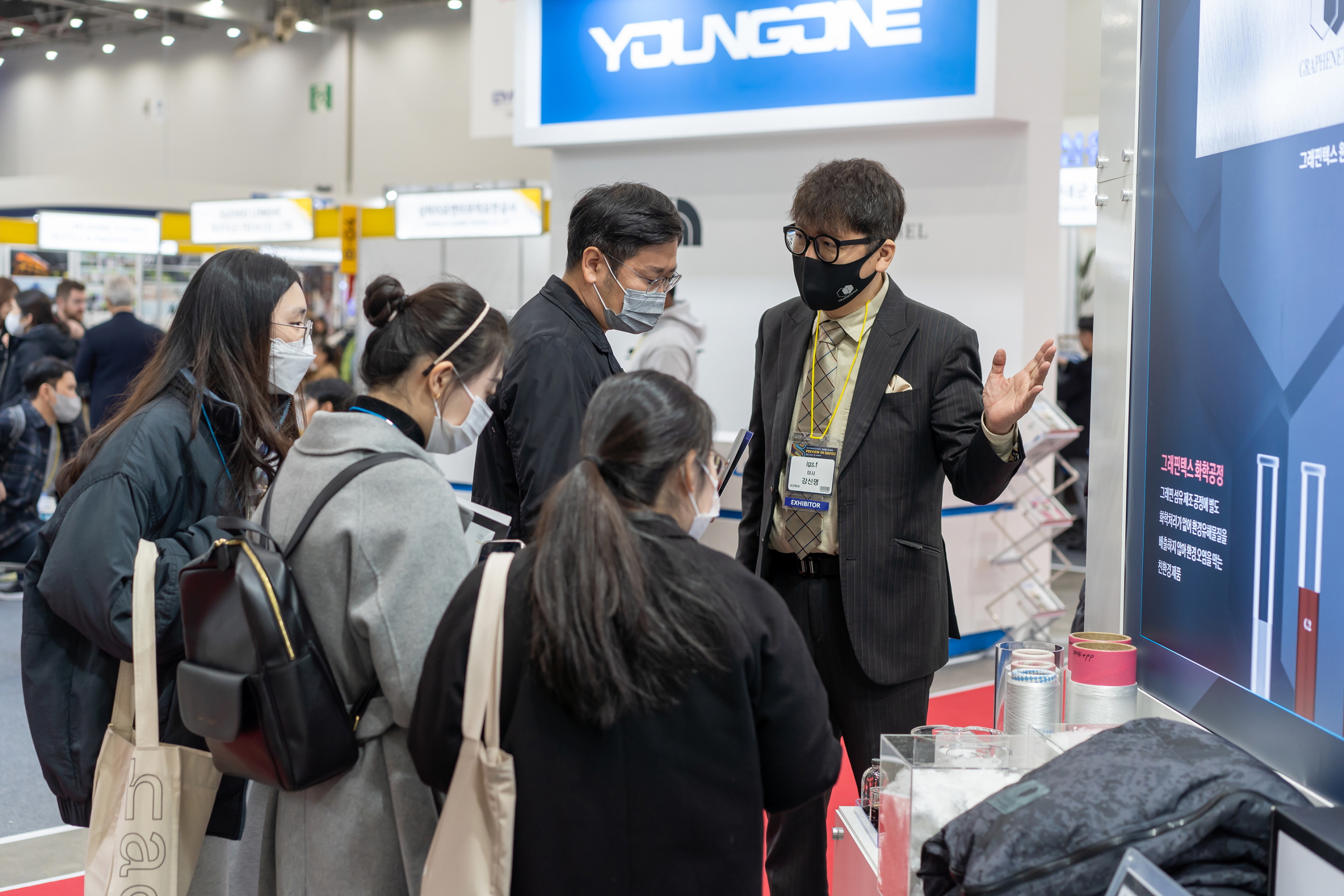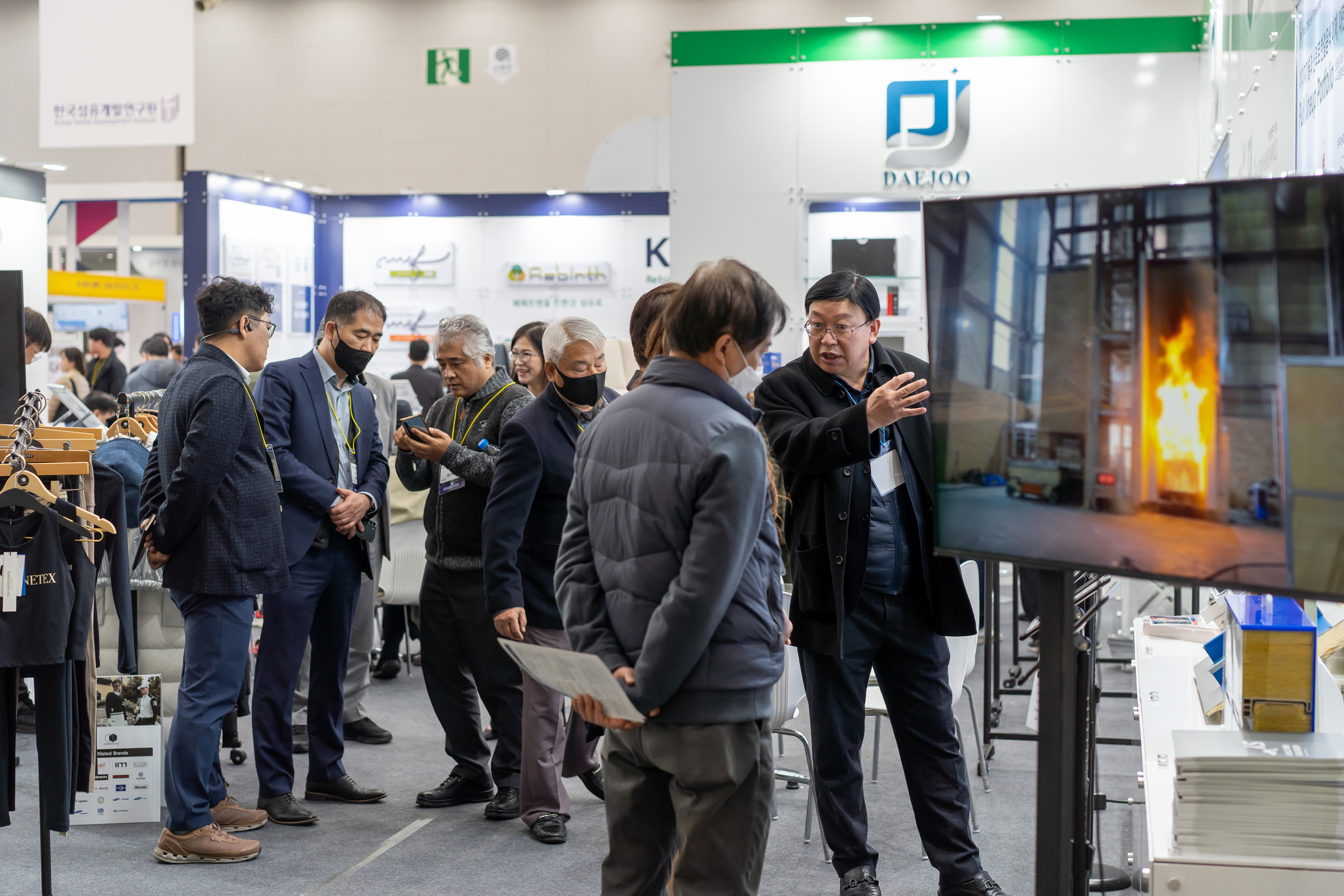

5. Sustainability: In recent years, South Korea's textile industry has increasingly focused on sustainability. Enterprises have adopted environmentally friendly production methods, including the use of recycled fibers, waste management, and efficient water resource utilization. This caters to the international market's demand for sustainable products.

The 2023 Korea (Daegu) International Textile Industry Exhibition had exhibitors and buyers from 25 countries and regions, including China, Japan, Italy, India, Pakistan, Taiwan, the United States, Vietnam, Russia, France, as well as the Middle East, Central and South America, Australia, among others. The exhibition covered an area of over 20,000 square meters, with more than 300 exhibitors, 600 booths, and 24,820 attendees, including 89 international companies participating. The exhibition focused on showcasing clothing fabrics, accessories, yarns, men's and women's fashion, apparel, home textiles, interior decorative fabrics, medical and industrial fiber materials, environmentally friendly textile materials, digital printing equipment, and technology. The total transaction volume reached hundreds of millions of dollars.
The 2024 Korea (Daegu) International Textile Industry Exhibition will be held at the new exhibition hall, EXCO, in Daegu, expanding the exhibition area. The event will be divided into three major zones:
1. Fabrics, Yarns, and Accessories Zone.
2. Technology Integration Products Zone.
3. Textile Machinery, Digital, and Intelligent Technology Zone.
There will be a particular emphasis on expanding the participation of enterprises in the category of "fiber machinery, textile sewing equipment, digital printing, and textile intelligent technology." This initiative aims to create new highlights for the exhibition, providing a platform for Chinese exhibiting companies and buyers to communicate and collaborate effectively.



Fiber&Yarn, Fabric,
Functional/Industrial/Eco-friendly materials,
DTP, Home textile,
Medical&protective textile,
Finding&trim, Accessories,
Fashion apparel, etc.